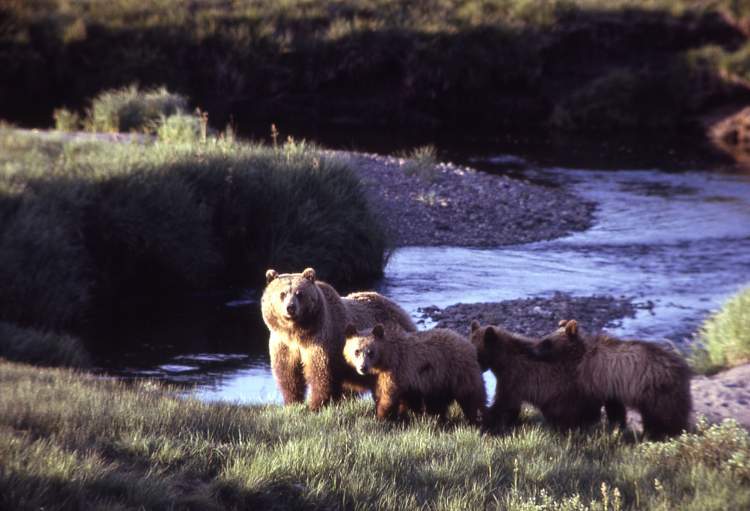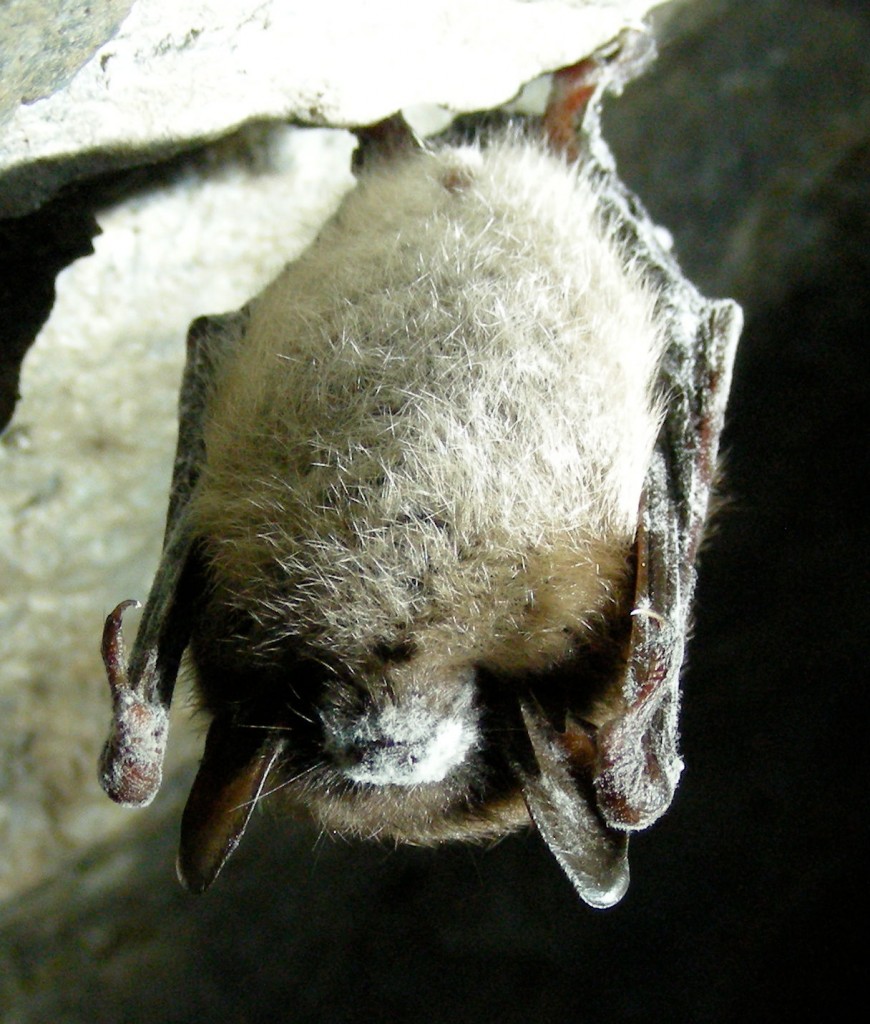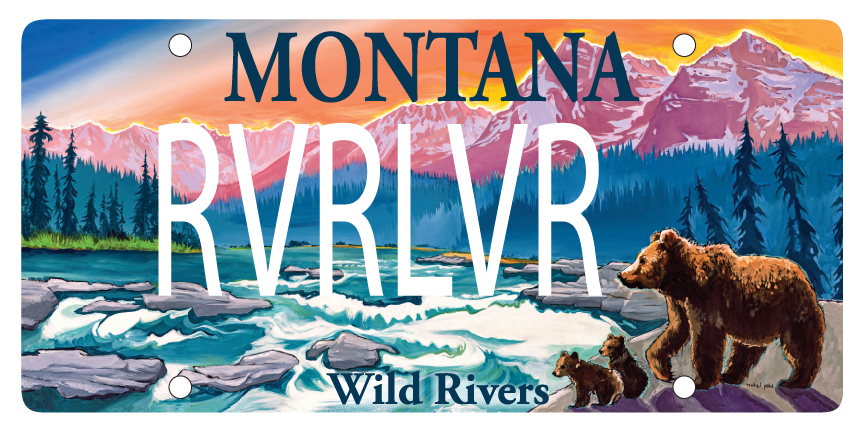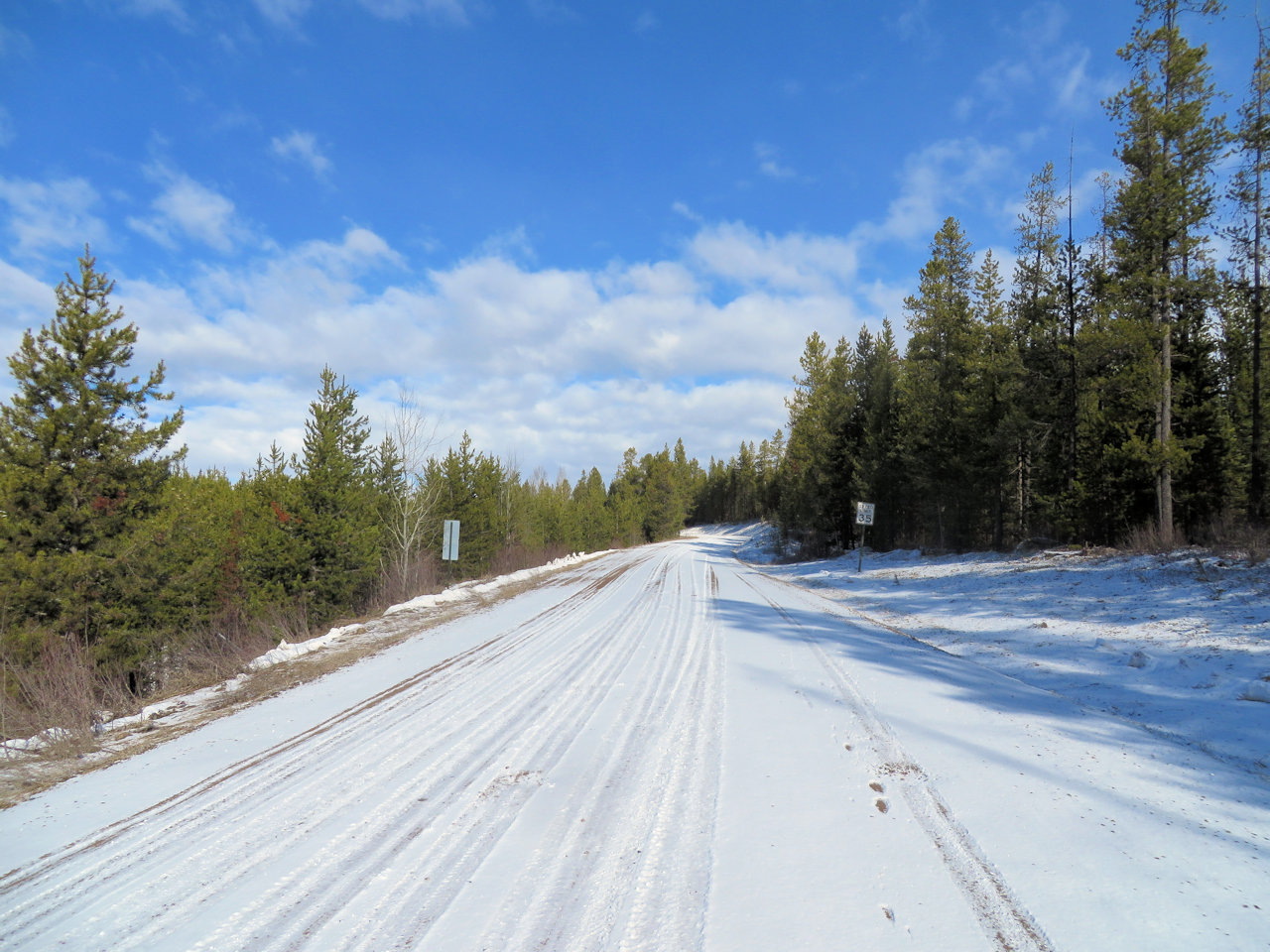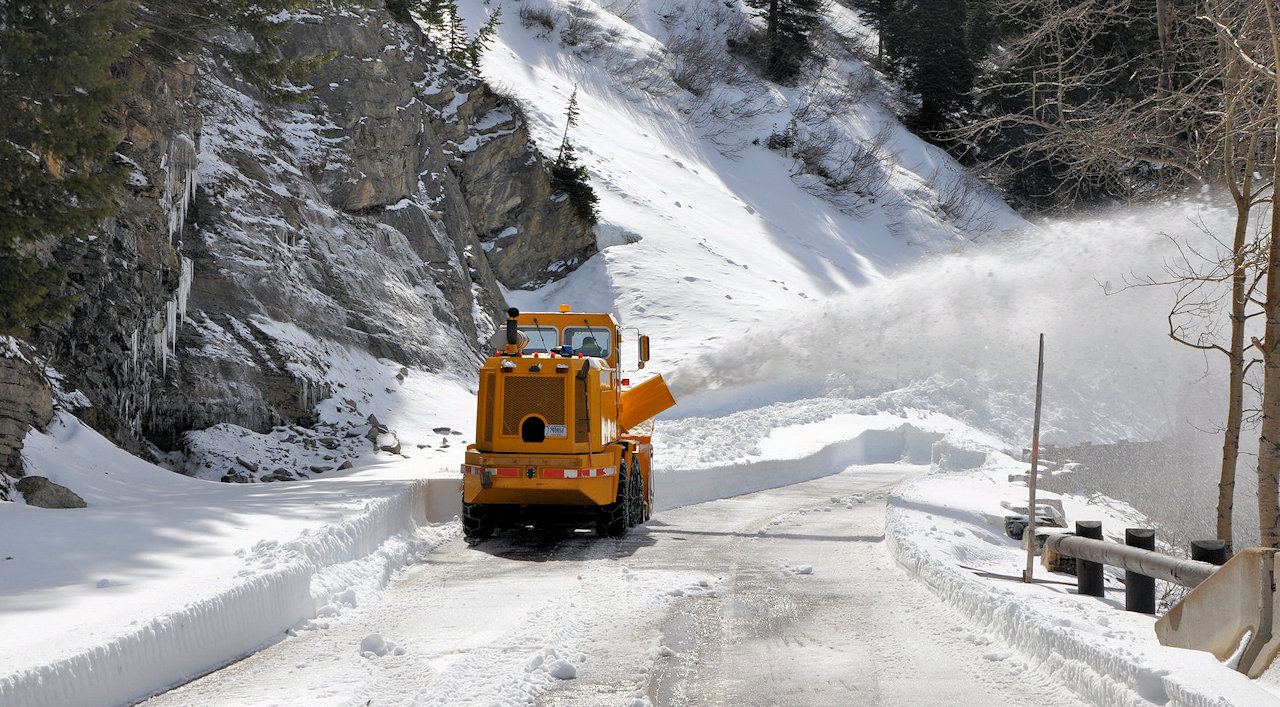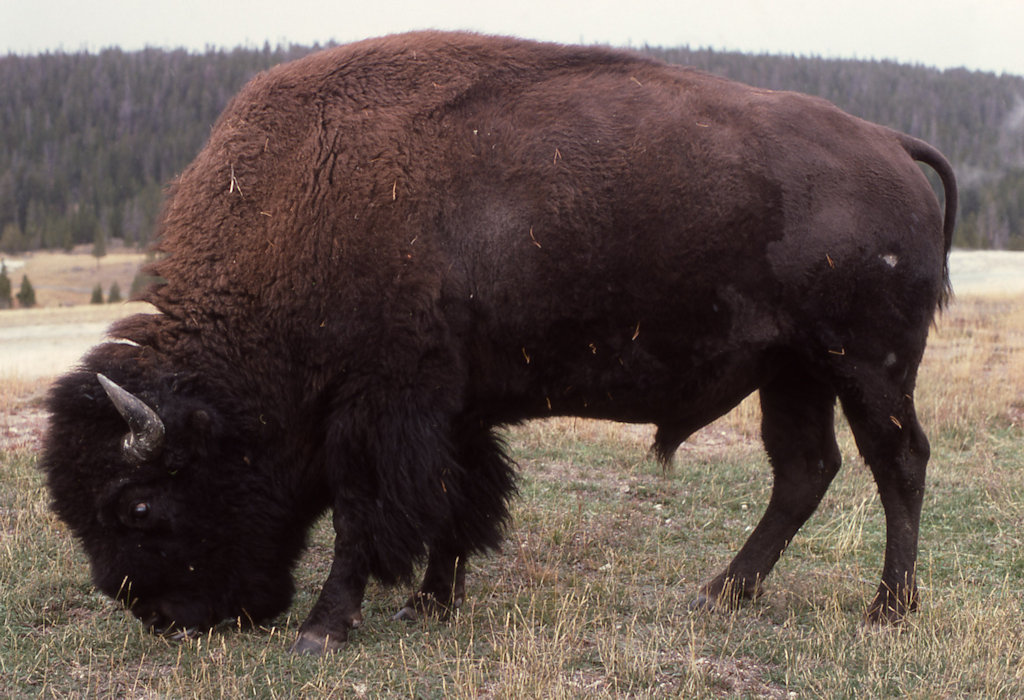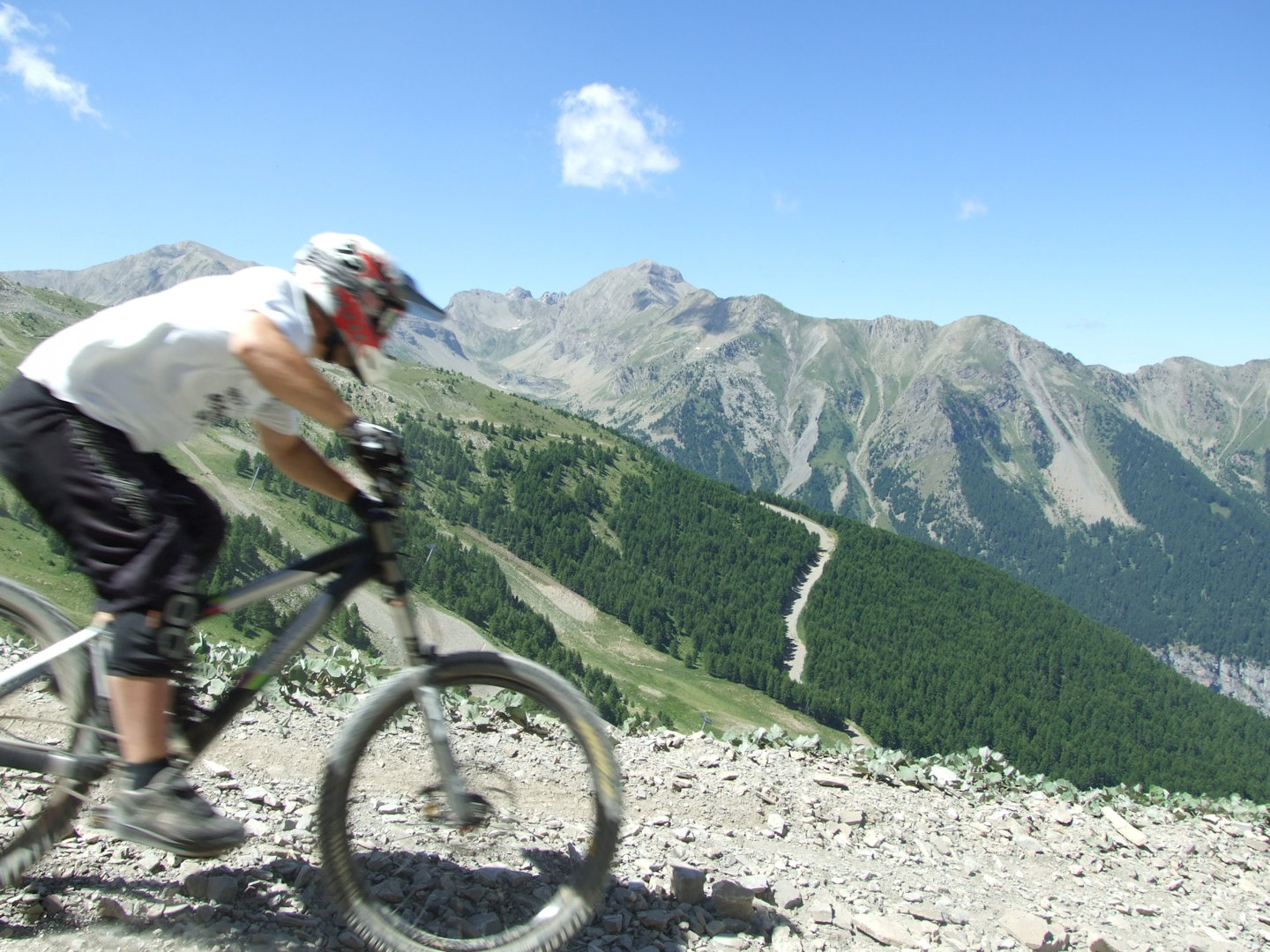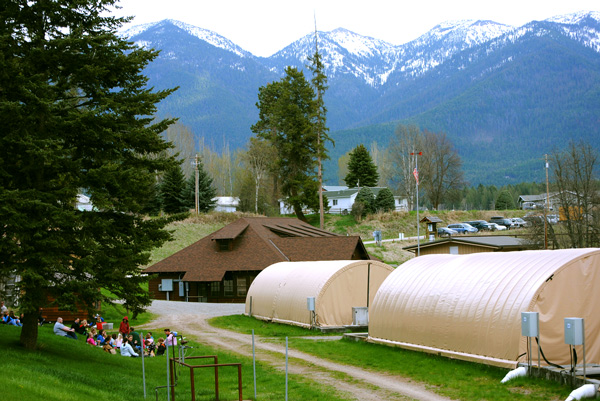
The proposed bottling plant near Creston is drawing fire . . .
In a formal objection filed earlier this month, the U.S. Fish and Wildlife Service challenged the Montana Department of Natural Resources’ determination that a proposed water bottling plant in Creston would not adversely affect the nearby fish hatchery.
The federal agency operates the Creston National Fish Hatchery less than three miles from a well that would pump up to 231.5 million gallons of water from the underlying aquifer each year, according to a preliminary water-rights permit issued to the Montana Artesian Water Co. in January.
The Fish and Wildlife Service disagreed with the modeling used to estimate the proposed water right’s impact on other users, and criticized an internal memo in which the department asserted that the Flathead River and Flathead Lake provide most of the Deep Aquifer’s water.
